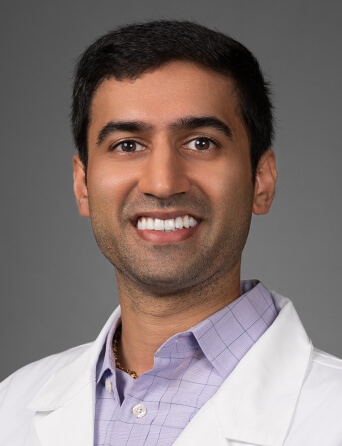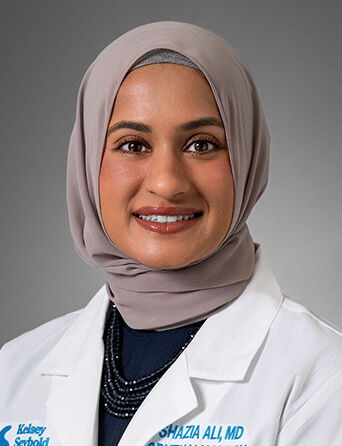Join Our eNewsletter!
Subscribe to our monthly newsletter to receive encouraging advice to help you lead a healthy lifestyle.

Cataracts: You Don't Have to Be in the Dark
As we age, so do our eyes. Many eye disorders like cataracts, glaucoma, and macular degeneration that affect older people can be diagnosed and treated. The key is knowing the symptoms and getting early treatment.
Cataracts are a leading cause of blindness among older adults. Ninety-five percent of cataracts are age-related. More than half of all Americans aged 65 and older have cataracts, and more than one million people have cataract surgery in the United States each year.
Although cataracts are a normal part of aging, you don't need to have your daily activities hindered by visual impairment, says Neema Nayeb-Hashemi, MD, a board-certified ophthalmologist at Kelsey-Seybold Clinic. It’s recommended that cataract surgery, which involves removing the clouded lens and replacing it with a clear plastic lens, be performed when a patient has difficulty performing their normal, everyday tasks. In most cases, visual loss is reversible and vision can be restored thanks to newer, safer cataract surgery techniques.
Look for the Signs
A cataract is painless and develops gradually. Much like a camera, light enters through the lens of the eye, which helps focus images onto the retina in the back of the eye to send an image to the brain. With a cataract, protein buildup causes the lens to become cloudy, preventing light from passing through the normally clear lens.
Some signs of cataracts include:
- Blurry vision with no pain
- Glare or sensitivity to light
- Several glasses or contacts prescription changes
- Double vision in one eye
- The need to read with brighter light
- Poor night vision
- Dull or yellowed eye color
Slow the Progression of Cataracts
Dr. Nayeb-Hashemi says even though cataracts are not preventable, you can take steps to help slow down the progression of cataracts and prevent vision loss.
“Since cataracts come with age, you can’t avoid them,” says Dr. Nayeb-Hashemi. “Routine eye exams are the best way to detect cataracts and treat them with cataract surgery, if needed.”
People 65 years of age and older should get a thorough eye exam every one or two years, even if they don’t have any vision problems. Your eye care provider should dilate your eyes as part of the exam.
“Everyone has a risk of developing cataracts later in life since its age-related,” says Dr. Nayeb-Hashemi. “That’s why it’s so important to have your eyes examined regularly by an eye care specialist who can detect signs of cataracts.”
Factors that may trigger cataracts include diabetes, injury or trauma to the eye, and long-term exposure to ultraviolet rays from the sun. Some people are born with cataracts or develop them at a young age. Other triggering factors include:
- Inflammation of the eyes
- Family history of cataracts
- Medications such as steroids
- Smoking
- Heavy alcohol consumption
- Long-term near-sightedness (myopia) or other eye diseases
If vision loss caused by cataracts begins to interfere with your lifestyle, Dr. Nayeb-Hashemi recommends you consider cataract removal surgery. You, your family, and your eye care provider can decide together if surgery is right for you.








